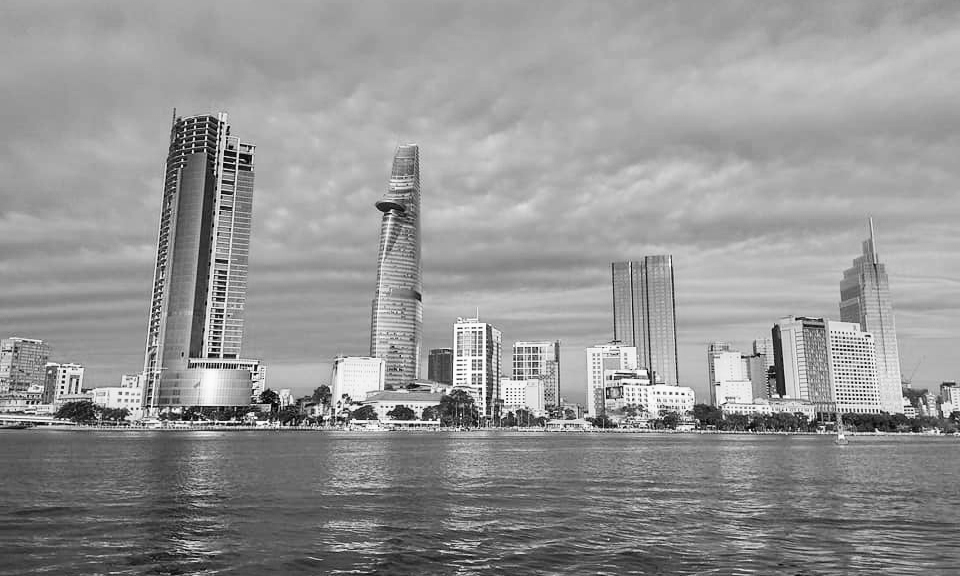The High Potential Of Ho Chi Minh City Vietnam is surging ahead of its rivals, and Ho Chi Minh City is acknowledged by the World Economic Forum as a high potential city that can compete with economic expansion and the growth in technology, as it is “driven by low costs, rapid consumer market expansion, and […]
The High Potential Of Ho Chi Minh City

The High Potential Of Ho Chi Minh City – Image Source: Rachel Doan
Vietnam is surging ahead of its rivals, and Ho Chi Minh City is acknowledged by the World Economic Forum as a high potential city that can compete with economic expansion and the growth in technology, as it is “driven by low costs, rapid consumer market expansion, and high levels of foreign direct investment”.
It is also listed as the world’s second most dynamic city for technology and innovation. It ranked one above Silicon Valley in California, while its near neighbour Manila was the only 19th. Top of the list was Bangalore, the IT capital of India. However, being top doesn’t always make a location the best investment long-term, and India’s economy suffered a downturn during 2017, due in part to the introduction of a goods and sales tax.
The value of Vietnamese imports and exports in 2017 exceeded $385 billion, an increase of over 21 percent compared with 2016. Of this amount, “$19.8 billion came from 2,293 new projects, up 52 percent year-on-year”, according to the latest report from the Ministry of Planning and Investment’s Foreign Investment Agency. Foreign direct investment (FDI) has been encouraged over the recent past through government incentives, and there is also a commitment to ensuring the prosperity of the Vietnamese people as part of this process, in line with the sustainable development objectives of the United Nations.
Vietnam is also getting closer to its World Bank’s recommendations: to improve inter-ministerial coordination, facilitate information flows and contacts between domestic and foreign-owned firms, and to provide targeted support to strengthen domestic suppliers. The World Bank also sees potential in policy reforms and initiatives that will further foster linkages between overseas and local companies, as this will increase Vietnam’s standing in global supply networks. Vietnam’s draft strategy to the World Bank will also set out industry priority sectors for attracting FDI. Currently, the draft paper includes sectors that create and develop skills, including manufacturing (pharmaceuticals and medical equipment), services (education and health services, financial services, financial technology, information technology and intellectual services (accounting and design).
2017 also marked the 25th anniversary of Vietnam-South Korea diplomatic ties and saw the Vietnamese government encouraging enterprises from South Korea to make further investments in industries such as IT, energy, and high-quality agriculture. According to the Hanoi Times newspaper, South Korea is currently the largest FDI investor in Vietnam, with more than 6,300 projects worth nearly $60 billion. It is also second to China as Vietnam’s largest trading partner.
Offshoring can be defined as a sub-set of FDI, as offshoring is an investment in a foreign country because companies are creating a presence overseas by creating physical assets/products and jobs. Dynamic Ho Chi Minh City is at the forefront of Vietnam’s offshoring investments. It not only has high potential for technological growth and prosperity – it is also a hub for culture, entertainment, and education. It’s an ideal location for an offshoring venture, especially with the Vietnamese government now committed to increasing FDI. Just last month, the prime minister noted that: “Given globalisation and the fourth industrial revolution, the Vietnamese government, an enabling government, commits to introducing flexible management mechanisms and promoting transparent market access, advanced labour standards, legitimate business interests and unceasing innovation.”
Dynamic Ho Chi Minh City is at the forefront of Vietnam’s offshoring investments. It not only has high potential for technological growth and prosperity – it is also a hub for culture, entertainment, and education.












